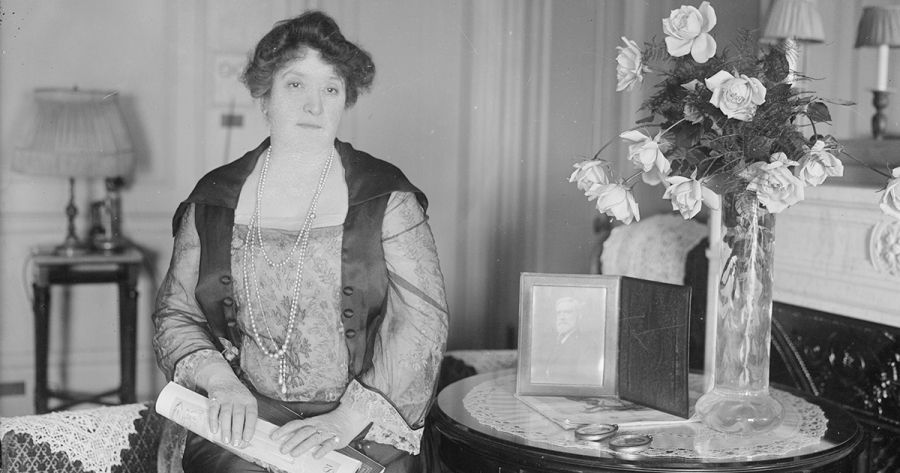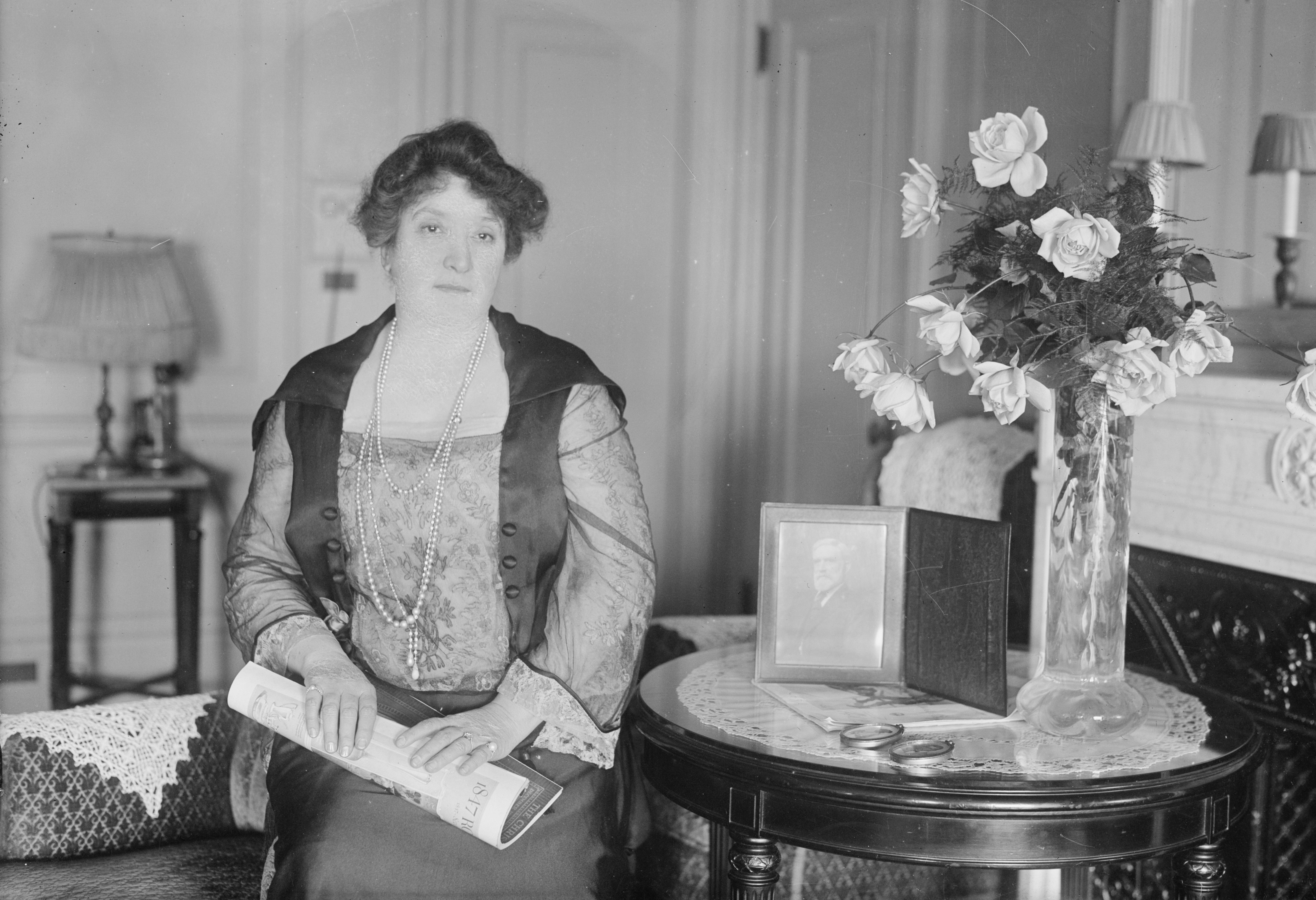
- Free Article: No
- Contents Category: Commentary
- Custom Article Title: Reimagining the ADB
- Review Article: No
- Article Title: Reimagining the ADB
- Online Only: No
- Custom Highlight Text:
Unfamiliar readers may assume that the Australian Dictionary of Biography (ADB) is a dusty, dense, traditional encyclopedia, its pages filled with dull entries on those whom posterity has deemed worthy of remembrance. Consisting of twenty heavy tomes (plus addenda), nine million words, and almost 14,000 scholarly biographies, it may seem like an unreadable piece of work that is of little relevance.
- Featured Image (400px * 250px):
.jpg)
- Alt Tag (Featured Image): ‘Reimagining the ADB’ by Melanie Nolan and Michelle Staff
The first volume of the ADB was published in 1966. Since then, a further eighteen have appeared, as well as one of missing persons and other offshoot collections. Currently, editors are busy at work on Volume Twenty. With the aid of the Australian Research Council and other national cultural institutions, in 2006 the ADB went online, which enabled it to develop innovative and creative biographical methodologies. In the world of national dictionaries, the ADB is cutting-edge.
The ADB is now housed in the National Centre of Biography (NCB) at the Australian National University. In fact, it was the seed of this wider initiative; colloquially, the ADB and the NCB are virtually synonymous. It has grown into a meeting place where biographers and biography readers gather to discuss methodological and ethical questions at the heart of the discipline. In many ways, to speak of the ADB as ‘it’ is misleading. The countless people who work tirelessly on it, whether as paid staff or as one of our many volunteers, sustain the longest-running collaborative humanities and social science project in the country. It is a research centre of excellence, a focal point of expertise through which dedicated researchers maintain and develop our critical understanding of the people and their agency that made Australia what is today.
Although the ADB’s title may hold echoes of an antiquated, nationalistic nineteenth-century European impulse to collect, catalogue, and contain, the ADB of the 2020s is doing anything but that. From broadening its scope to introducing critical revisions, as well as developing its digital capacity, it is constantly reimagining itself to continue providing captivating and useful stories of Australian lives.
The first volume looked very different from the impending twentieth. Of its 575 entries, only ten were on women – a measly 1.8 per cent. Indigenous subjects fared worse still, with only four entries, all men. While this may have been unsurprising at the time, this state of affairs is completely unacceptable today. In a settler-colonial nation founded on dispossession and built through continuous migration, there is an abundance of rich, diverse, fascinating, and sometimes harrowing tales to tell in order to build a picture of the Australian people.
The ADB’s selection criteria have always been, in principle, to include both significant and representative subjects, so that all Australians can recognise themselves in its pages. We are now including a wider range of subjects because we can and should. Influenced by trends in historical thought – the development of feminist, social-historical, and postcolonial perspectives, for instance – and enabled by increasingly sophisticated digital resources such as Trove and genealogical websites, we now have greater capacity to research marginal, sparsely documented, and transnational lives. This means that we can more fully live up to our founding ethos.
With the support of the John T. Reid Charitable Trusts, in 2024 we are commencing the First Nations Biography Australia project. This will build on the ground-breaking work done by the Indigenous Australian Dictionary of Biography, which brought together authors and editors with Indigenous communities, families, and custodians to publish eighty entries on a wide range of Indigenous subjects to date. Thanks to this team, we now have articles on individuals such as Gubbi Gubbi man Yamurra, a performer in the Wild Australia Show, and Queenie Mingmarriya Nakarra McKenzie, a law woman, leader, and artist who was born at Gawoornben in the Kimberley.
In the realm of gender diversity, the ADB’s Women’s Working Party has ensured that the proportion of women in Volume Twenty approaches thirty per cent. Apart from prominent women such as Lady Kerr, the governor-general’s wife, and Neighbours actor Anne Haddy, a range of lesser-known women are being added: Chinese businesswoman Selina Hassan, for instance, and Latvian ballerina Agnes Babicheva. Looking forward, the planned Colonial Women’s Project will add up to 1,500 entries on women who were active in the pre-Federation period.
This is all part of the ADB’s larger revisions agenda, which will begin in earnest after the completion of Volume Twenty. In earlier decades, historians often aspired to relate the past ‘as it really happened’. Many believed that with enough work they could figure out what occurred and relate it in a factual way. Most scholars now argue that we cannot avoid presentism; that we necessarily understand the world through the lens of our own cultural norms. Those norms have substantially changed since the 1960s, meaning that, to a reader in 2024, some earlier entries leave much to be desired.
Historians’ methods are mainly empirical rather than theoretical. Except for those studying the recent past, most of us cannot base our work on observation or direct experience and experimentation. Rather, most history writing is based on the select records that have been preserved. Sometimes we revise the stories we tell about the past because we have new sources. Sometimes we revise because we have new questions. And sometimes we revise because of our changing relationship with our audience, our present context, or contemporary challenges. It is no surprise that there are more Indigenous and women subjects in the ADB now given the greater diversity of scholars who are involved in the project, whether as authors, employees, or members of the working parties that nominate subjects for inclusion. At the same time, we recognise that we are working in our own context, and that historians in the future may look back at our work and be asking yet more questions and desiring to fill other gaps that have emerged.
We aim to do more than simply tinker with Geoffrey Chaucer and Alexander Pope’s ‘temple of fame’, rather wanting to push the temporal and conceptual boundaries of biography. Malcolm Allbrook has used landscape biography to write a joint article on Mungo Lady and Mungo Man, two Indigenous inhabitants of the Willandra Lakes region who lived 42,000 years ago. We once had the view that we could not write biographies of people who had died recently. Now we are adding such biographies: Gurindji stockman and storyteller Ronnie Wavehill Wirrpngayarri Jangala, for instance, who died in 2020 and whose granddaughters co-authored his entry. Spatially, too, we are challenging what counts as ‘Australian’, recognising the widespread effects of colonialism in the region. Papua New Guinea was administered by Australia from the post-World War I period until independence in 1975. Readers of the ADB can learn about people who lived and worked there, such as teacher and politician Aisoli Salin.
Biography is a form of storytelling, and the digital space offers new ways of presenting our subjects’ lives. There is now the possibility of providing a multisensory experience. Today, readers want to see the person; our response to this has been to accompany written text with photographs of each subject, wherever possible. They also want to hear the person, and so we are adding sound. One can look up Dame Nellie Melba and read a pen portrait of her, admire Walter Barnett’s portrait, and hear a snippet of Melba singing ‘Home Sweet Home’ in 1920. Similarly, readers of actor and singer Jenny Howard’s entry need not imagine her Cockney accent and ‘beautiful blue eyes which twinkled with devilment’: they can hear and see all these attributes (and more) for themselves. We are increasingly putting two or more photographs of a subject illustrating different stages of their lives. The entry on children’s writer and naturalist Ella McFadyen is an excellent example of how a rich visual archive has been harnessed to enhance a written piece.
 Dame Nellie Melba with a photograph of her father businessman David Mitchell 1925 (George Grantham Bain Collection / Library of Congress via Wikimedia Commons)
Dame Nellie Melba with a photograph of her father businessman David Mitchell 1925 (George Grantham Bain Collection / Library of Congress via Wikimedia Commons)
And we want to do so much more, especially when our redesigned website is launched in a year’s time. Kathryn Hughes wrote about experiential biography in Victorians Undone: Tales of the flesh in the age of decorum (2017). This is a ground-breaking account of what it was like to live in a Victorian body. Experimenting with how to capture embodiment, as well as less tangible qualities such as personality, is on our agenda.
Biography and the ADB both sit between the humanities and the social sciences, and are concerned with individual narratives and relationships between people in Australian society. Biographical practice is not only storytelling; it is also a social science methodology. While we can capture what well-known figures such as Vida Goldstein, Jessie Street, Alfred Deakin, and Robert Menzies were like, there are many people for whom we cannot find the necessary information.
Increasingly, the ADB is becoming a suite of research tools. In the past two decades we have been quietly developing online research capabilities, gradually waking up to the possibilities of technological change. The backbone of analysis rests on the indexing of articles, which facilitates relational and contextual analysis. Old-fashioned indexing is now being dragged into the digital era. Whereas once indexes were collated in printed books, requiring readers to search through the ADB’s volumes manually, now this data is entered into metadata and automatically computed. While the index was once static, it is now dynamic and manipulable.
This permits users of the ADB to trace networks and connections between subjects. Readers are interested in stories, what people were like, but they are also interested in the role of the individual in history. Consider the infamous bushranger Ned Kelly. A long list of ‘related entries’ are fielded below his entry, directing readers to learn about Ma (Ellen) Kelly, his complex and lively mother; his criminal associates, such as Joseph Byrne and Stephen Hart; the police investigators; his victims, including Aaron Sherritt; Sidney Nolan, the artist who depicted him many times; Redmond Barry, the judge who sentenced him to death; and his executioner, Elijah Upjohn. Clicking on Kelly’s occupations as listed in his ‘life summary’ allows readers to consider him as part of a wider group of bushrangers or prisoners. Jayne Wilson has written a group biography of ‘Bushrangers in the Australian Dictionary of Biography’, offering further context to illuminate Kelly’s and other bushrangers’ stories.
The possibilities of analysing individuals are exciting, and no doubt we will need to consider how the world of artificial intelligence will shape and help our work.
The ADB is not a telephone book that can list every person of note who has lived on this continent. It observes the discipline of a dictionary and chooses a limited number of significant and representative subjects to reflect the population under study. But in the twenty-first century we need to rethink what ‘significant’ and ‘representative’ really mean, as well as how we can use the stories of Australian lives to learn more about the past and shape our changing world now and into the future.
Melanie Nolan is the General Editor of the Australian Dictionary of Biography and Director of the National Centre of Biography. Her most recent book is Biography: A historiography (Routledge, 2023).
Michelle Staff is online and outreach manager at the National Centre of Biography and the Australian Dictionary of Biography. A feminist historian, she is currently writing a biography of Western Australian feminist Bessie Rischbieth.


.jpg)
Comments powered by CComment